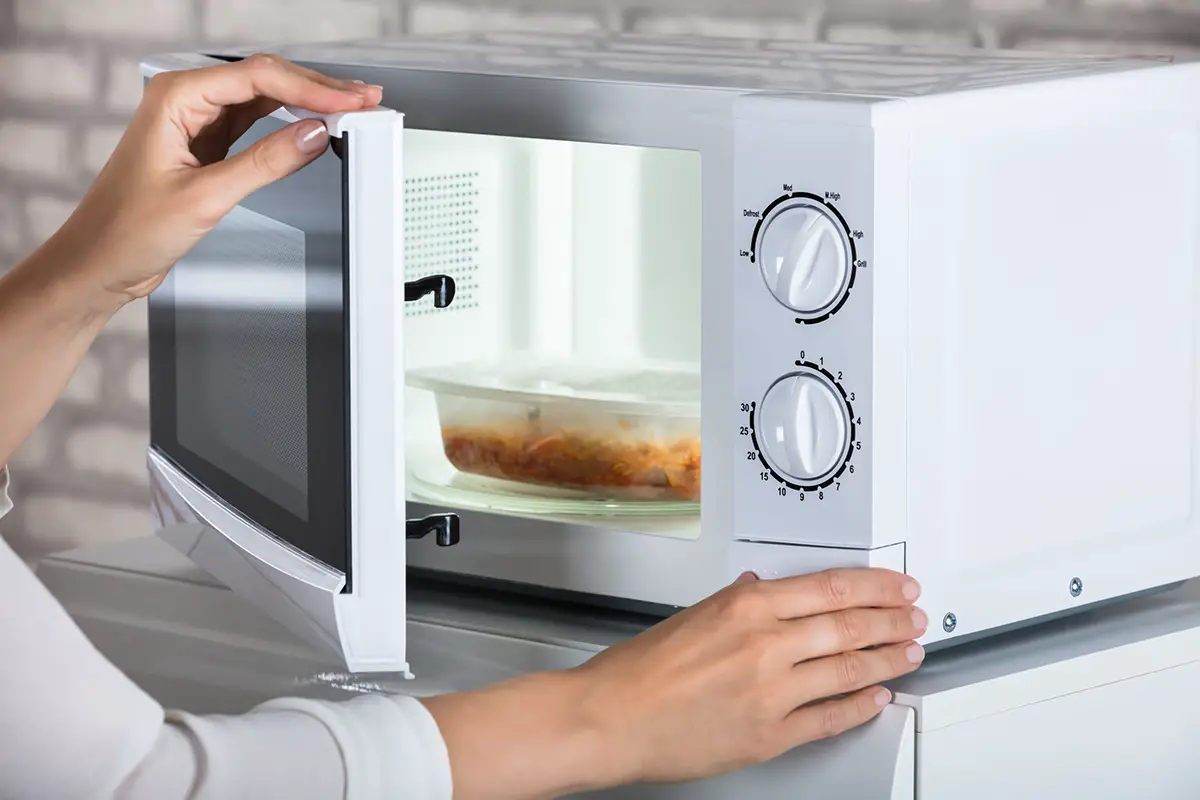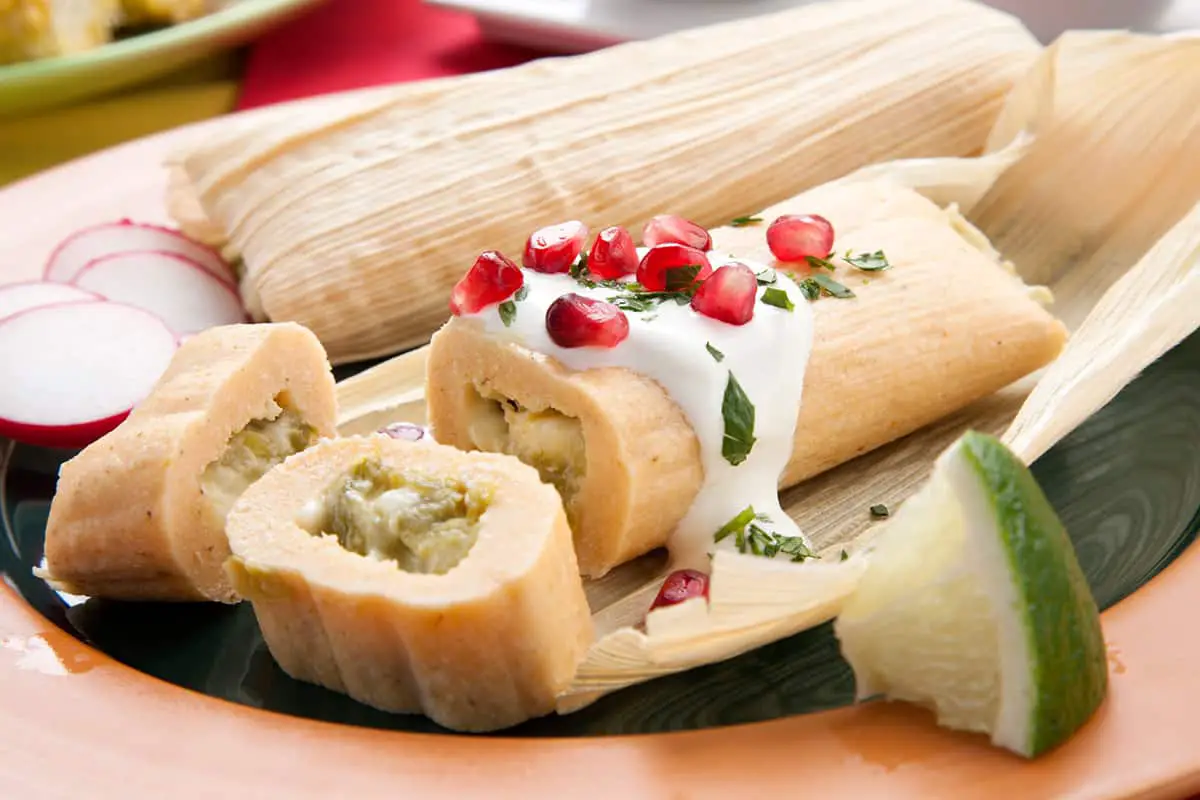How to Freeze Jambalaya (The Right Way)
Jambalaya is a rice-based Spanish-influenced American dish that originated in South Louisiana sometime in the 18th century. The meal is made with shrimp, fish, meat, vegetables, and a host of other condiments, often in large portions for the whole family. Considering the ingredients that jambalaya is made from and the large quantities it’s prepared in, leftovers are pretty standard, and long-term storage can be quite a hassle. So, does Jambalaya freeze well?
You can freeze Jambalaya or store it in a refrigerator. Frozen Jambalaya can last for up to 2 months under the right conditions, depending on the ingredients used in cooking it. However, great care must be taken when storing and reheating the dish to keep the rice from turning mushy.
Rice, the main ingredient in jambalaya dishes, can become mushy after freezing and poses a problem when storing leftover jambalaya. The rest of this article explains the right way to keep jambalaya and gives helpful tips on safely freezing your leftover jambalaya.
Read on for answers to more questions about freezing and storing jambalaya.

How To Freeze Leftover Jambalaya
Jambalaya can be safely frozen for up to 2 months in a freezer, as it contains ingredients that are freezer-safe and which freeze appropriately. Although, to preserve the dish’s flavor and keep the rice from turning mushy on reheating, you must store the jambalaya properly.
You can freeze leftover jambalaya using a plastic container or in freezer-safe Ziploc bags. However, you’ll want to cool the dish before safely storing it in the freezer.
The following are steps to take when freezing leftover jambalaya:
- Allow the jambalaya to cool. Generally, keeping hot or warm food in the freezer is a bad practice. You need to allow the jambalaya to cool completely before freezing it. You can speed up this process by placing it in another dish or the refrigerator.
- Split the meal into parts. Divide the cooled jambalaya into serving portions to ease the future defrosting and reheating process. However, the portion sizes are entirely dependent on you. Take great care to divide the ingredients in the meal evenly, or as you’d like.
- Put the jambalaya in freezer-safe containers. The cooled jambalaya portions can be stored in the freezer using plastic freezer bags or plastic food containers in the freezer. Suitable freezer containers such as Ziploc Freezer Bags and Promoze Microwaveable Meal Containers (both available on Amazon.com). These products are freezer safe and durable.
- Vacuum seal the containers before freezing. Vacuum sealing is a good idea as it can help prevent moisture loss from the leftover jambalaya. The Nutrichef Air Vacuum Sealer (available on Amazon.com) is an excellent choice if you plan on storing jambalaya using freezer bags.
- Place the jambalaya in a freezer. To minimize waste and for meal-planning purposes, label the jambalaya before freezing. Write the day you made the meal and a best before date on top of the plastic container or the side of the plastic freezer bag. The jambalaya can now be safely stored in the freezer for up to two months.
Conversely, you can refrigerate leftover jambalaya if you plan on eating it in a few days, as you can safely refrigerate the dish for up to 5 days.

Tips For Freezing Jambalaya
Although freezing is a viable option with jambalaya, it’ll usually taste better when fresh than when reheated from the freezer. And since the meal is a combination of several ingredients, storing it requires more than just sealing and keeping it in the freezer.
Here are a few tips to consider when freezing jambalaya:
- Don’t leave the jambalaya out for too long. This practice is to help prevent germs and other contaminants in the air from causing the food to become spoiled.
- Undercook the rice before freezing. A helpful technique is to add rice halfway through cooking the jambalaya. Undercooking the rice will prevent it from becoming mushy when frozen. When reheating, the rice will cook to completion. If not, heat the food for longer, adequately cooking the jambalaya.
- Cook the jambalaya without any rice. If you plan on serving the jambalaya later, it’s good to cook the meal without any rice and then freeze it. After reheating, cook the meal with the rice and serve. This method is incredibly effective in eliminating mushy rice in stored jambalaya.
- Add the shrimp when reheating. If freezing is premeditated, leave out the shrimp before freezing. You can add the shrimp when reheating to preserve its chewy texture.
- Ensure there’s plenty of liquid in the jambalaya before freezing. Enough liquid ensures enough juice in the jambalaya when reheating it later.
- Cook the rice in a separate pot. Adding the jambalaya juice just before freezing can help minimize reheating issues as the rice won’t get soggy before storage.
How Long Will Jambalaya Last in the Freezer?
Jambalaya takes about 40 to 50 minutes to prepare, depending on the recipe and ingredients used. That’s why it’s common to make a lot of it and store it later. However, how long exactly will jambalaya last in the freezer?
Jambalaya will last for about two months in the freezer, but it can last for up to 3 months if stored correctly and cooked without rice, shrimp, and other freezer-sensitive ingredients. If kept in the freezer beyond this period, it will be stale when defrosted and may cause food poisoning if eaten.
So to ensure that the stored jambalaya remains fresh when reheated, ensure that you follow the steps to freeze jambalaya explained above. Proper freezing practices will also help protect the food from freezer burn.
How Long Will Jambalaya Last in the Fridge?
Refrigeration is practical when storing meals for short-term consumption. If you plan on eating your jambalaya a few days after cooking it, store it in the fridge instead of the freezer. However, the jambalaya will last for only a few days in the refrigerator.
Jambalaya will last for a maximum of 5 days if stored in the fridge. However, to ensure the refrigerated jambalaya is fresh when reheated, keep the dish in an airtight container. You need to take extra care when reheating refrigerated jambalaya.
Although refrigeration is a viable option when storing the dish for a short time, you must do so efficiently. It’s a good idea to refrigerate jambalaya in the same way you would freeze it. The Progressive International Food Storage Container (available on Amazon.com) is an airtight food storage perfect for keeping jambalaya in the freezer.
How To Tell if Jambalaya Has Gone Bad
Spoiled jambalaya is easy to recognize. There are two ways to tell if frozen or refrigerated jambalaya is unfit for eating, these are:
- A rancid smell. Jambalaya that has been spoiled would have a putrid odor and an unusual look. If it doesn’t smell fresh, don’t hesitate to toss it in the garbage.
- The rice has a hard texture. Improperly stored rice can dry out in freezers. If the jambalaya has been frozen for a long time, the rice will become quite hard and very dry. Don’t eat jambalaya if the texture of the rice is tough.
Eating spoiled jambalaya can cause severe illnesses, including food poisoning and stomach flu.
How Can You Reheat Frozen Jambalaya?
Reheating jambalaya requires some skill. And although correctly storing the jambalaya before freezing will make the endeavor easier, you must follow a careful process to ensure the reheated jambalaya retains as much freshness as possible.
You can reheat jambalaya by defrosting it first and then reheating the meal. An excellent method to ensure smooth thawing is to leave the frozen jambalaya in the fridge overnight. After that, the reheating process can be done using a microwave, on a stovetop, or in an oven.
Choosing which method to use for the jambalaya reheating process depends on the amount of the dish you plan on reheating and the appliance available.
Reheating Jambalaya Using a Microwave
Using a microwave to reheat frozen jambalaya is the most efficient way to reheat the meal. However, the microwave might cause the food to heat unevenly. Using a microwave may pose a problem if you don’t take certain precautions.
The following are steps to reheat frozen jambalaya using a microwave:
- Place the jambalaya in a microwave-safe bowl.
- Add a little boiling water and stir if you think the jambalaya will be dry after reheating.
- Cover it with a damp paper towel or plastic wrap to keep it fresh.
- Microwave the jambalaya for 30 seconds and stir well.
- Continue the heating and stirring process until the food is steaming hot.
- Serve hot.
Be careful not to overcook the food when reheating using a microwave.
Heating it in the microwave for longer than necessary will cause the jambalaya to become dry and crunchy. Keep in mind that frozen shrimp will turn chewy when warmed.

Reheating Jambalaya Using a Stovetop
Using a stovetop is a popular method of reheating jambalaya, especially if you add seasonings or condiments to the dish. Also, this method is perfect if you plan on adding rice to the reheated jambalaya.
Reheating using a stovetop will require an efficient frying pan such as the Lodge Pre-Seasoned Skillet (available on Amazon.com) made from cast iron.
To reheat using a stovetop, follow the steps below:
- Place the jambalaya in a frying pan and cook on a moderate heat setting.
- To keep the dish from drying out, add a tablespoon of broth or water while it warms up.
- Allow it to warm up thoroughly, but don’t let it boil over.
- Serve hot.
Allowing the jambalaya to boil while reheating on a stovetop may not be preferable since it’ll affect the flavor. Alternatively, you may submerge the container with the frozen jambalaya in a pot of boiling water and cook it up that way.
Reheating Jambalaya Using an Oven
Using an oven to reheat jambalaya will take the longest time. However, you may choose not to defrost the jambalaya before reheating. Note that skipping the thawing process will mean the food will spend more time in the oven.
Here are the steps to reheat frozen jambalaya in the oven:
- Preheat the oven to 310oF (154.44oC).
- Place the jambalaya in an oven-safe baking dish such as the BPA-free CorningWare Ceramic Bakeware (available on Amazon.com).
- Use aluminum foil or another heavy plate to cover the baking dish.
- Heat for about 25 minutes, depending on the amount of jambalaya in the container.
- Serve hot.
You can wind up with dry jambalaya while using an oven to reheat as well. To prevent this, add a little water to the frozen jambalaya before putting it in the oven.
Can You Refreeze Jambalaya?
Refreezing food is standard and widely practiced. Since jambalaya is rice-based but can be frozen, you might wonder if you can refreeze already thawed jambalaya.
You cannot refreeze jambalaya more than once. Refreezing jambalaya can affect the texture and taste of the meal when defrosted and may enable bacteria to thrive. Considering the number of ingredients in jambalaya, refreezing will affect the food quality and lead to food poisoning.
Although food poisoning commonly causes mild symptoms like diarrhea and headaches, it can also cause high fever and bloody urine in severe cases. It’s better to make a new meal from scratch than eat one that may cause you to get sick.

Key Takeaways
Since jambalaya is usually made in large quantities, leftovers are common and can be safely reheated for future consumption. You can store these leftovers in a freezer for up to 2 months and a fridge for no more than five days.
The preserved jambalaya can be reheated using a microwave, a stovetop, or an oven. And although it might seem like a great idea, don’t refreeze jambalaya as it’ll severely affect the food quality and lead to food poisoning.



